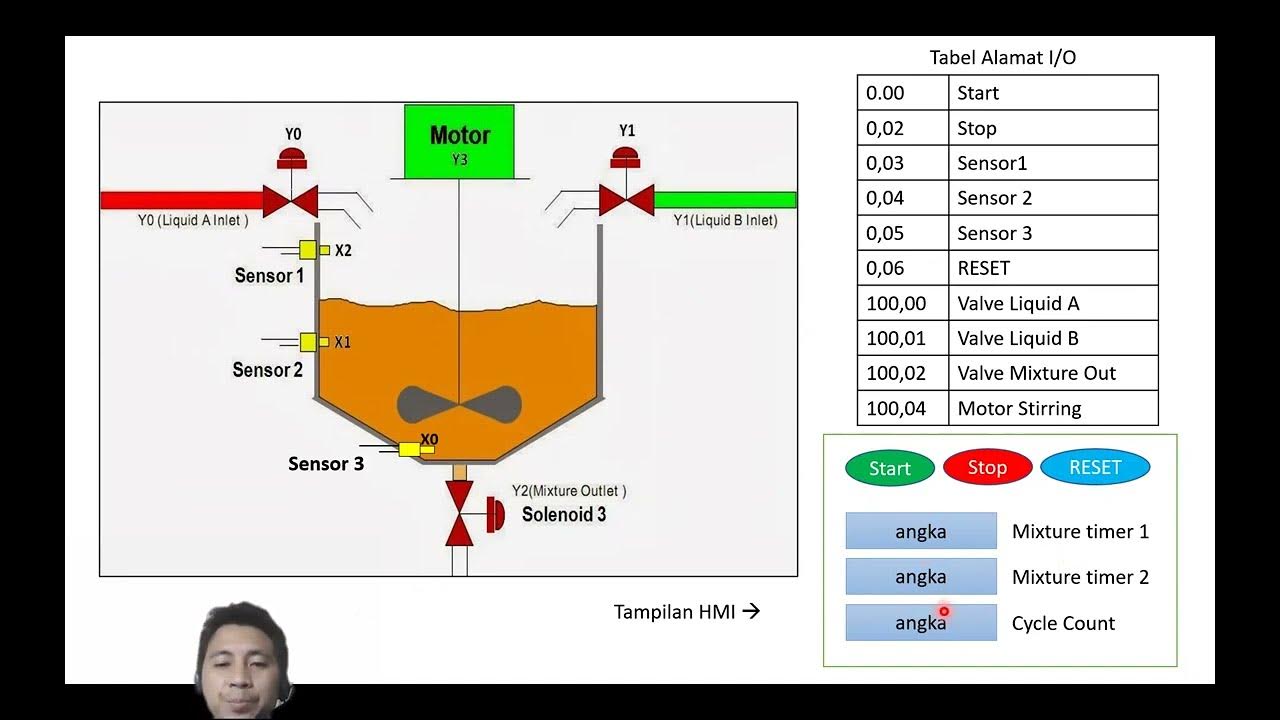Crime Scene Sketch Assignment Instructions
Summary
TLDRIn this video, the instructor provides detailed instructions for the Crime Scene Sketching Assignment, where students are tasked with creating a finished sketch of a bedroom in their home. The sketch must include room dimensions, furniture, evidence items, and measurements using one of the outlined methods. The instructor emphasizes the importance of using accurate scales, including a compass, and adding necessary elements like a legend and entry points. The video also highlights common mistakes in sketch submissions and offers guidance on what students should do to meet the assignment's requirements successfully.
Takeaways
- 😀 You need to create a finished crime scene sketch of a bedroom in your home for your assignment.
- 😀 The sketch should include major furniture items and at least four pieces of evidence, which can be planted in the room.
- 😀 Make sure to include the room's dimensions, as well as the dimensions of doors and windows in the sketch.
- 😀 A compass (north-south, east-west indicator) is a required element in your sketch.
- 😀 Include a legend or key to identify the evidence items in the sketch.
- 😀 Use accurate measurement methods (compass point, triangulation, rectangular coordinate) to mark the evidence items’ locations, with the rectangular coordinate method recommended for ease.
- 😀 Your sketch must be drawn to scale, with all items proportionate (e.g., a victim should not be unrealistically large compared to furniture).
- 😀 If using software for the sketch, you can use tools like Microsoft Paint. Hand-drawn sketches are also acceptable.
- 😀 Submit the sketch by emailing it as an attachment. For hand-drawn sketches, scan or photograph it; for digital sketches, save and attach the file.
- 😀 Review example sketches provided for understanding common mistakes, such as missing dimensions or incorrect scaling.
- 😀 If you have questions or need help, contact the instructor through email, Canvas, or by phone for further clarification.
Q & A
What is the main assignment discussed in the video?
-The main assignment discussed is the crime scene sketching assignment, where students are asked to create a finished sketch of a bedroom in their home.
What is the difference between a rough sketch and a finished sketch in this assignment?
-A rough sketch is an incomplete or preliminary drawing, while a finished sketch is a polished, detailed drawing that includes all required elements like dimensions and precise measurements.
How many items of evidence should be included in the sketch, and what should be done with them?
-The sketch should include at least four items of evidence, which can be planted in the sketch (e.g., a shoe or a knife). The exact location of these items should be shown with measurements.
What methods should be used for placing evidence in the sketch?
-Students should use one of the following methods: compass point, triangulation, or rectangular coordinate method. The rectangular coordinate method is recommended as the easiest option.
What are the required elements that must be included in the crime scene sketch?
-The required elements include the dimensions of the room, a compass indicating north-south-east-west directions, points of entry (like doors and windows), a legend/key, and the exact measurements of the evidence items.
Can the sketch be created using software, or does it need to be hand-drawn?
-The sketch can be either hand-drawn or created using software. Software options like Microsoft Paint can be used if preferred.
What is the correct process for submitting the completed crime scene sketch?
-Once completed, the sketch can be saved if done digitally or scanned/taken as a photo if hand-drawn. The file should be sent as an attachment via email to the instructor at brett.phoenixcollege.edu.
What is an example of a mistake in one of the sketches shown in the video?
-In one example, a sketch was considered a rough sketch instead of a finished one because it lacked key details and measurements, even though it included some required elements like furniture and entry points.
What scaling issue might occur with crime scene sketches, and why is it important?
-A common issue is that the scale of objects might be inconsistent, such as a victim appearing much larger than a couch. It's important that all objects are proportionally scaled so the sketch is realistic and useful for investigation or presentation.
What is missing from a sketch that has measurements but lacks some required elements?
-While the sketch may have measurements and dimensions, it could be missing other elements like a compass indicating north-south-east-west directions, a legend/key, or dimensions for windows and doors.
Outlines

This section is available to paid users only. Please upgrade to access this part.
Upgrade NowMindmap

This section is available to paid users only. Please upgrade to access this part.
Upgrade NowKeywords

This section is available to paid users only. Please upgrade to access this part.
Upgrade NowHighlights

This section is available to paid users only. Please upgrade to access this part.
Upgrade NowTranscripts

This section is available to paid users only. Please upgrade to access this part.
Upgrade NowBrowse More Related Video

Forum Diskusi 14 dan Final Test POPLIT

Penjelasan Tugas Kelompok

How to ACTUALLY draw people with INK PEN

Meta Cognitive Log: Overview - Washington Black Part I, Chapters 1-4

Micro teaching tanpa murid 🤣 Ngomong sendirian : Kegiatan Pembuka, Inti, dan Penutup

LIVE Projeto de Vida e Soft Skills 2 | Dúvidas e Atividade Fase 4
5.0 / 5 (0 votes)